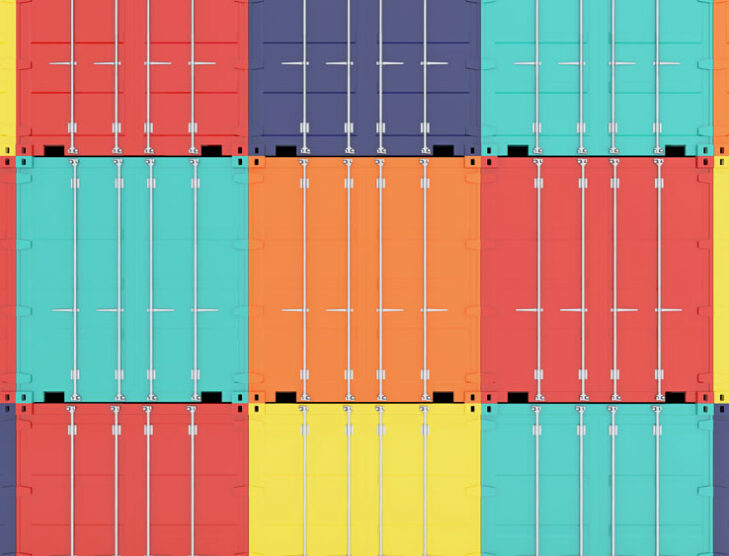
EIA projects high-sulphur residual fuel oil market could drop 55% after 2020
In just over six months, the International Maritime Organisation’s (IMO) new marine regulation comes into force, slashing the current sulphur limit for marine fuels from the existing 3.5%, set in 2012, to 0.5% by weight starting January 2020. Despite signalling this intention as early as 2008, and reaffirming the implementation date three years ago, the ramifications of the change are substantial, and significant uncertainty remains around how market participants will respond.
Marine transportation accounts for 4% of global oil demand. Nonetheless, it is a cornerstone of the global economy; 80% of global trade flows from port to port and accounts for 70% of trade value.
The complexity of the current situation stems from the fact there is no single compliance method. Fuel requirements of ocean-going marine vessels vary widely depending on the approach employed by individual operators. Vessels can continue to use high sulphur fuels with the addition of “scrubbers” to mitigate pollutants from the ship’s exhaust. IMO compliant lower-sulphur fuels will also be employed by many, swelling demand for distillate and low-sulphur residual oils. Non-petroleum-based fuels, such as liquefied natural gas (LNG) are also an option. Further clouding the water is the reality that, as of March 2019, a final fuel specification for compliant low-sulphur bunker fuel is not yet available.
A lack of certainty leaves refineries in the precarious position of not knowing how to optimise their output, and the volume of compliant fuel that is required. Vessel operators require confidence in fuel availability at different ports, yet the obtainability of marine fuels is undefined; as is the cost, a critical input into operational, engineering and logistical decisions.
Despite this vagueness, the U.S. Energy Information Administration (EIA) released a report in March entitled “The Effects of Changes to Marine Fuel Sulphur Limits in 2020 on Energy Markets.” The paper provides predictions on the shifts in the marine fuel landscape and includes inputs from the organisation’s monthly Short-Term Energy Outlook (STEO), and Annual Energy Outlook 2019 (AEO2019) released in January 2019. The STEO relies on short-term trends, historical data and analyst judgement, whereas AEO2019’s calculations are generated by the EIA’s National Energy Modelling System.
The EIA report considers sales of bunker fuel from ports inside the United States and predicts a startling drop in the share of high-sulphur residual fuel oil consumed by U.S. ocean-going bunker fuel markets, from 58% in 2019 to 3% in 2020. With 80% of U.S. residual fuel demand in marine bunkering, and relatively few alternative markets, residual oils will be hit particularly hard by IMO 2020, according to EIA forecasts. The report indicates the high-sulphur residual fuel oil market will rebound somewhat, to 24% by 2022, with increasing adoption of scrubbers on ships. Though, consumption remains much lower than historical levels and will decline slowly through to 2025.

Alongside the tumble in high-sulphur residual fuel oil demand, AEO2019 anticipates a large spike in distillate fuel oil and low-sulphur residual fuel oil — both prior to IMO’s 1 January 2020 commencement date, and shortly after 2020. The share of low-sulphur residual fuel oil will rise from 38% in 2020 to 43% in 2025. Distillate’s share of U.S. bunker demand will jump from 36% in 2019 to 57% in 2020, according to EIA, although this share will then decline again to 29% by 2025. EIA expects global prices for light and low-sulphur refined petroleum products such as diesel fuel, gasoline, jet fuel, and low-sulphur fuel oil to increase as a result of an upswing in demand.
Limited uptake of LNG as a marine bunkering option is expected through to 2020, EIA attributing this to limited infrastructure to accommodate LNG bunkering at U.S. ports, and high associated costs. However, the report notes that LNG’s share of bunkering will grow to 7% in 2030 and 10% by 2050.
Improving margins for diesel fuel will encourage U.S. refiners to increase production following IMO 2020. U.S. refiners, particularly on the Gulf Coast, are well positioned for IMO 2020 with downstream units that can economically process heavier and higher-sulphur crude oils into more valuable and lower-sulphur products such as diesel fuel, says the EIA.
The report also forecasts an increase in overall throughput of crude oil, with gross inputs increasing from an average of 17.3 million barrels per day (bpd) in 2018 to record levels of 17.8 million bpd (up 2.6%) in 2020. A corresponding increase in refinery utilisation will be observed, to an average of 95.4% in 2020, the highest for the U.S. refining sector since 1998. However, the EIA report concedes this high utilisation rate may only be sustainable for a short period of time and projects refinery utilisation to average 92.9% from 2022-2025.







